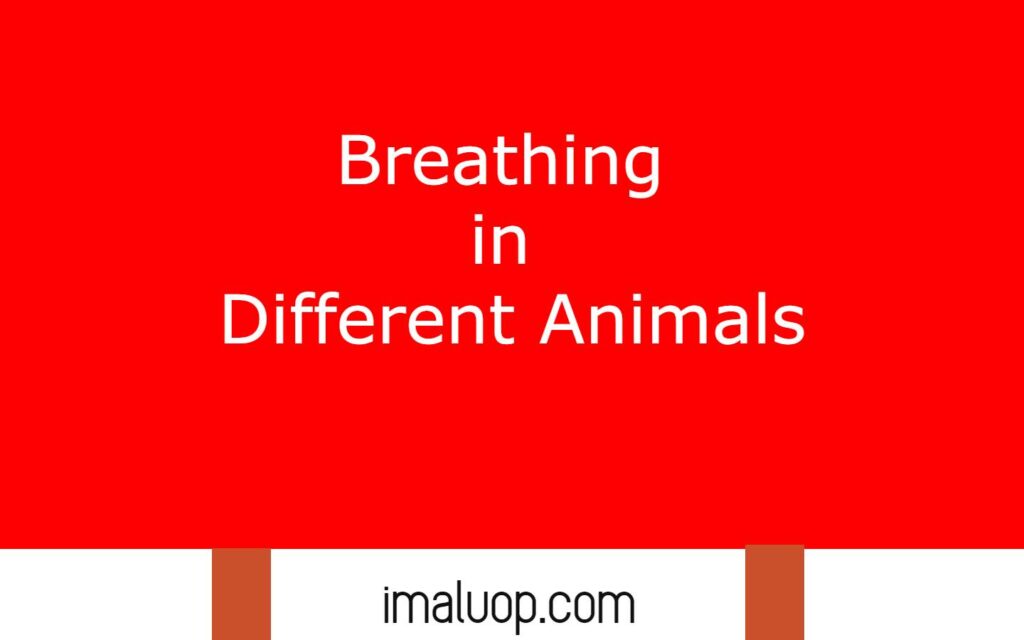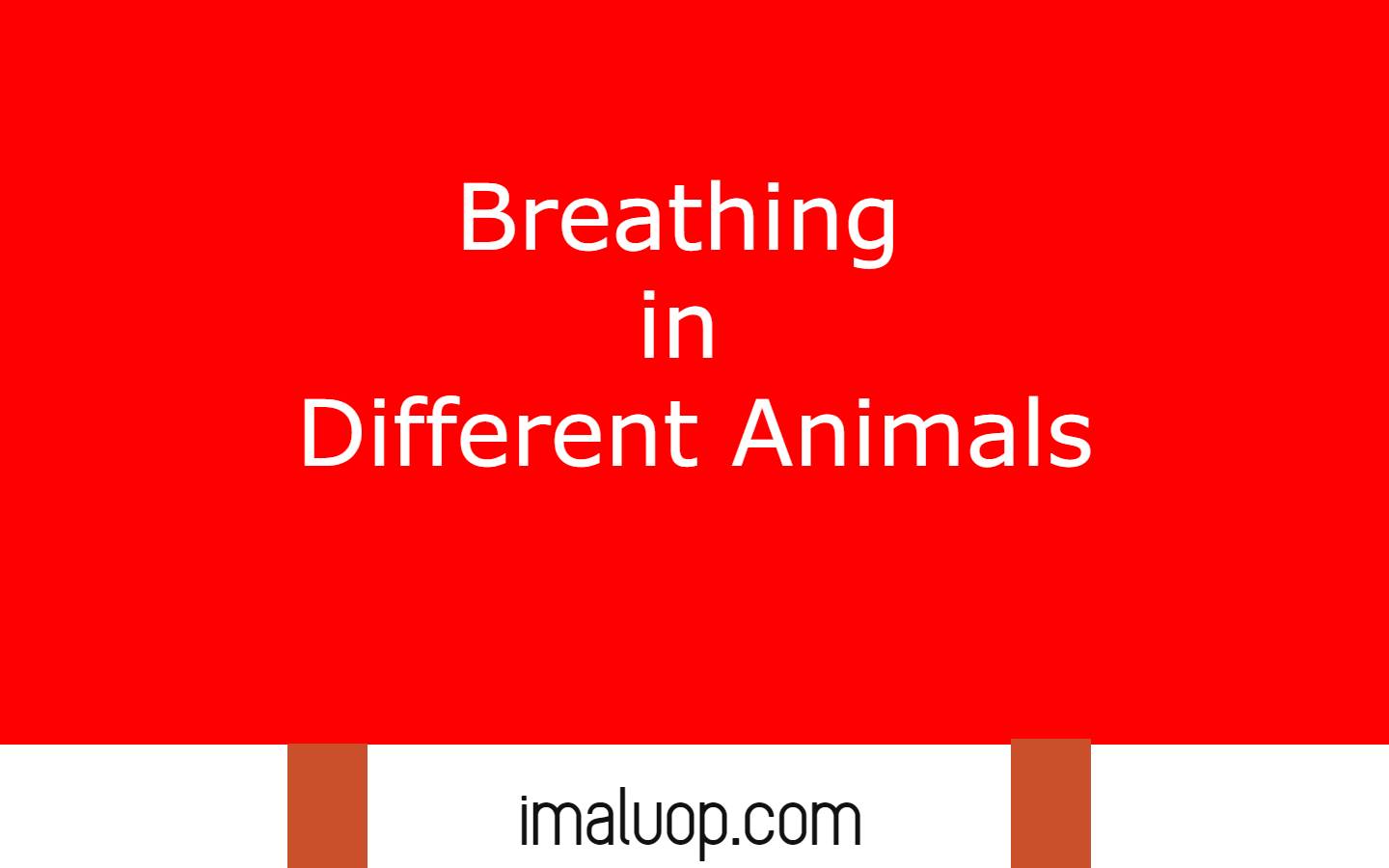Now we are going to discuss breathing in different animals which makes the oxygen available for the tissue and remove carbon dioxide during the process of respiration. In respiration animals take air because the oxygen present in air and exhale the carbon dioxide but this oxygen needs to reach upto all tissue. So in different animals there are different types of gaseous exchange method parents to transport the oxygen upto each and every tissue and cells.
Respiration is essential for breaking down the food molecules to release the energy and for this process oxygen is necessary because most of the animals are unable to perform anaerobic respiration and in anaerobic respiration energy release occurs in very small amounts. So in higher animals there are many mechanical and physical ways to bring the oxygen to each body tissues and cells from the air and this process is known as breathing.
In higher animals specific organs present for taking air and exhale and specialised respiratory surface for gaseous exchange in which fine blood capillaries are present for mixing the oxygen into blood from air and mixing of carbon dioxide from blood to air. But in lower organisms there are no specific organs for breathing instead they use general body surface and other simple structures for gaseous exchange.
Table of Contents
Breathing in Human:
In human breathing is performed by specialised organs lungs which is very efficient for gaseous exchange and proper mechanism for taking air inside the body and exhaling carbon dioxide outside. In lungs the respiratory membrane occurs in a highly folded vesicle and tube like structure for increasing the surface area for gaseous exchange and blood capillaries make network on the respiratory surface.
In humans the nasal chamber is connected to the outside with the trachea, trachea is a tubular structure which helps to reach the air from outside to inside the lungs and the trachea splits into different branches which ends into a fine tubular and sac-like structure.
Breathing in Earthworm:
In earthworms there are no special organs for respiration and their skin acts as a general respiratory surface which is highly vascularized so that the gaseous exchange takes place directly from the skin. To maintain the respiratory surface active on their skin their skin is moist due to the activities of some glands present on their skins but during rainy weather their burrows become full of water so they face difficulty in breathing and they come outside of their burrows.
Breathing in Insects:
In insects a fine threads like tubular structure make network throughout the body, trachea which open outside through the pore present on their body called spiracles through which air enters into their body and the fine network of trachea supply oxygen upto all body tissues and remove carbon dioxide produced during cellular respiration.
Breathing in Frogs:
In frogs respiration occurs through their moist skin, buccal cavity and through lungs and their special type of gaseous exchange through the skin is known as cutaneous respiration but in larval stage frogs breathe through their temporary gills which becomes absent in adult stage.
Breathing in Fishes:
Fish are aquatic animals so they are highly dependent on the dissolved oxygen present in water and to use the dissolved oxygen they have a highly vascularized gill through which water passes and oxygen dissolved in water goes inside the blood capillaries present on their gills and the carbon dioxide mixes with water.

Breathing in Whale and Dolphin:
Whales and dolphins are aquatic animals but they are mammals so they do not have gills, instead they have nasal openings like other mammals for taking air inside and exhaling so they float over the water to take atmospheric air.
Read More: ABO Blood Group and Rh Group System
Hi Everyone!!! Welcome to Imaluop. Imaluop always try to learn some new and he want to share to other people. Here we will try to learn various topics on Science, specially on Biological Sciences.
